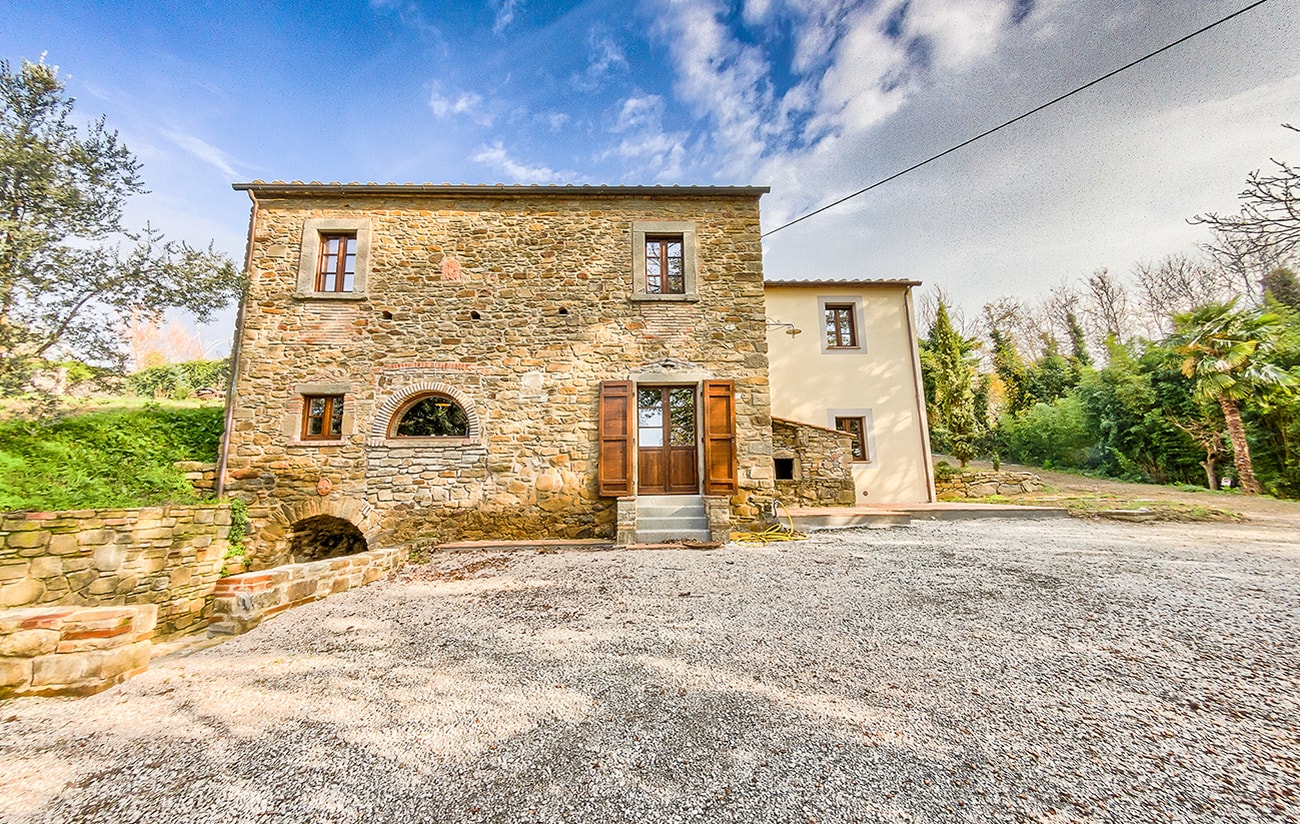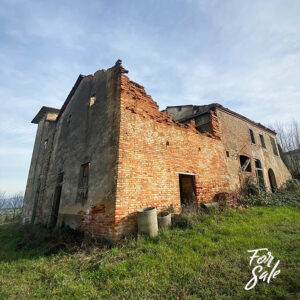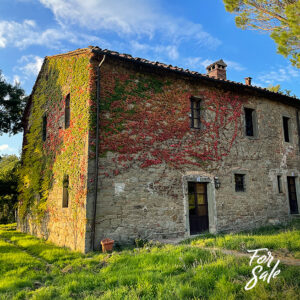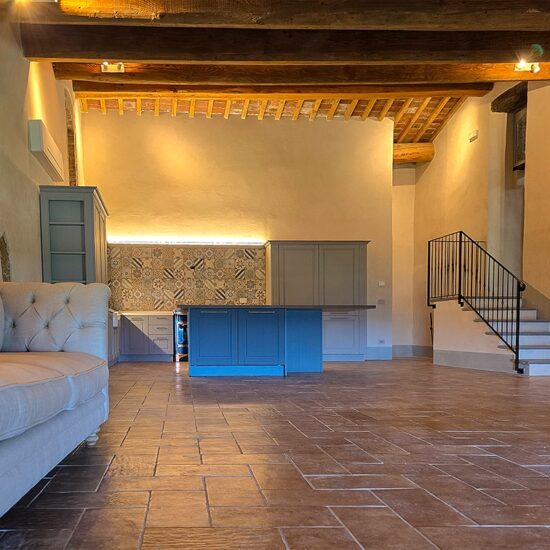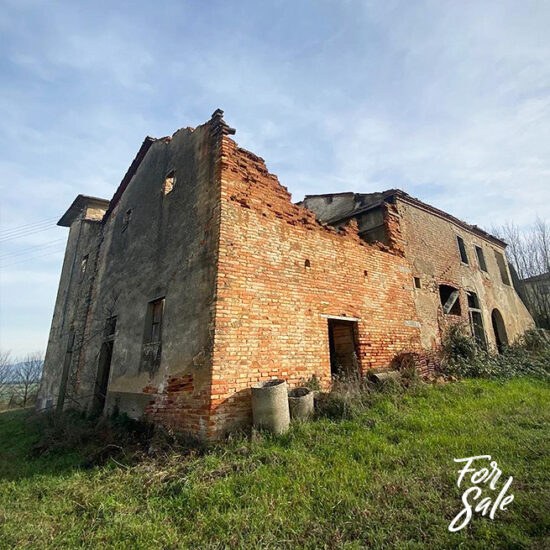The Tuscan or Umbrian farmhouse has changed a good deal since the sixteenth century, due to the environmental context, the agricultural resources available, and the social condition and the ways of life of those who lived there: farmer, sharecropper or small owner. However, traditional farmhouses share many similar characteristics. An overview of the outside: the main dwelling area is on the first floor and below the stables;
Usually an external staircase leads to the first floor, and rarely there is a portico or a loggia; Other outbuildings are either leaning on the main house or in a separate unit scattered around the farmyard; especially pig sty’s had a separate place, further from the house and downwind, to avoid the strong smell;
On the inside these are the shared aspects of a typical Umbrian or Tuscan farmhouse: the main and central room is the kitchen. Here there is a dominant fireplace with its always burning embers and inside the fireplace, there were two side seats, called “cantoni”, the privileged place for the elderly to find a warm and sleepy niche. To both sides of the kitchen, the bedrooms with high beds with forged iron sides. The stables with the horses and cows served as additional natural heating for the living room upstairs.



